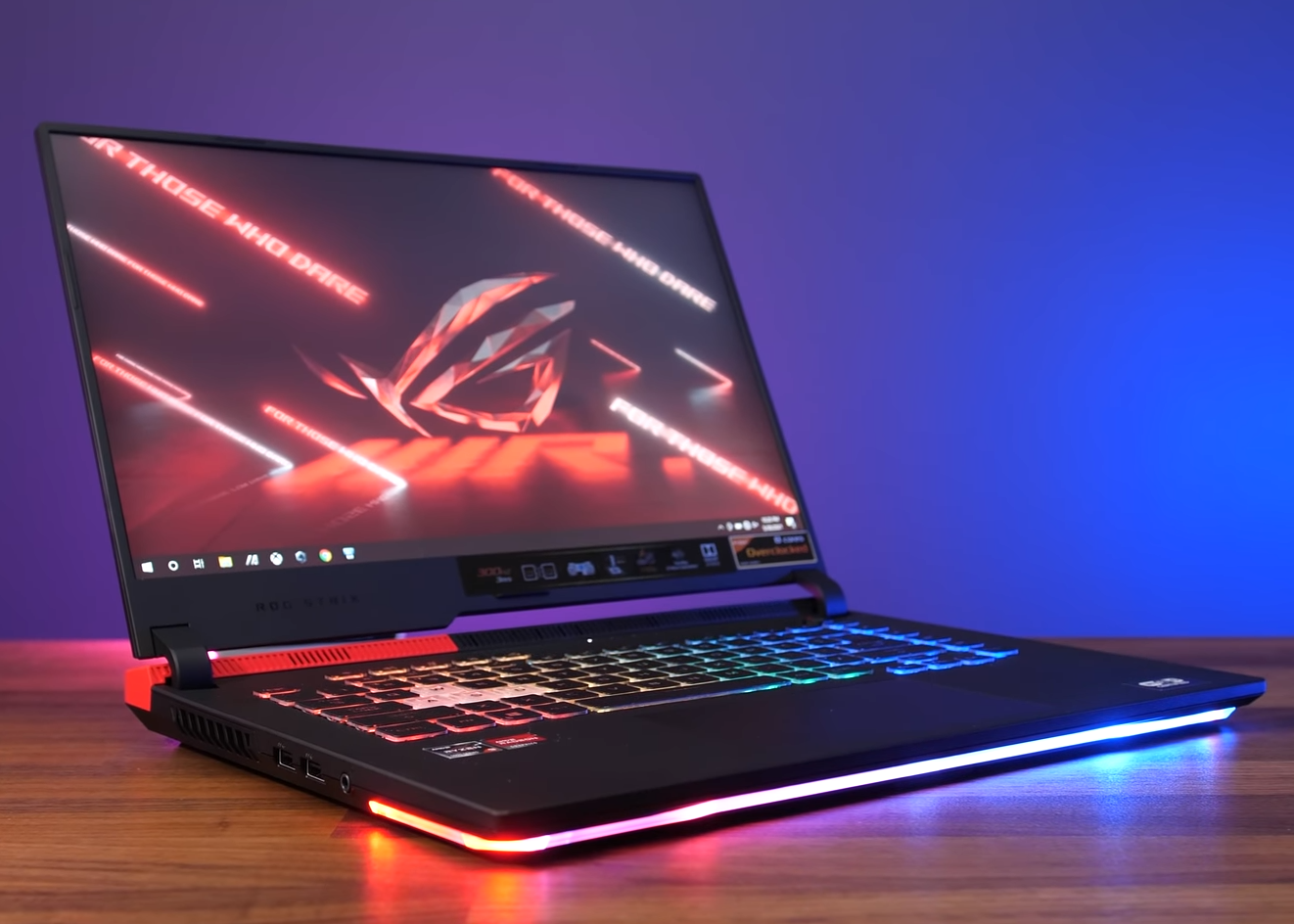Irata
Posts: 2,290 +4,004
Yes, and that is the problem. “AMD advantage“ is supposed to tell the consumer they are getting a good system and imo using slow RAM on a supposedly high end system isn‘t it.Except this is the AMD Advantage edition that AMD claims they built WITH Asus
It is possible that memory was different during the design phase, but is it too much to ask of AMD to check if design specs = retail unit specs ?

